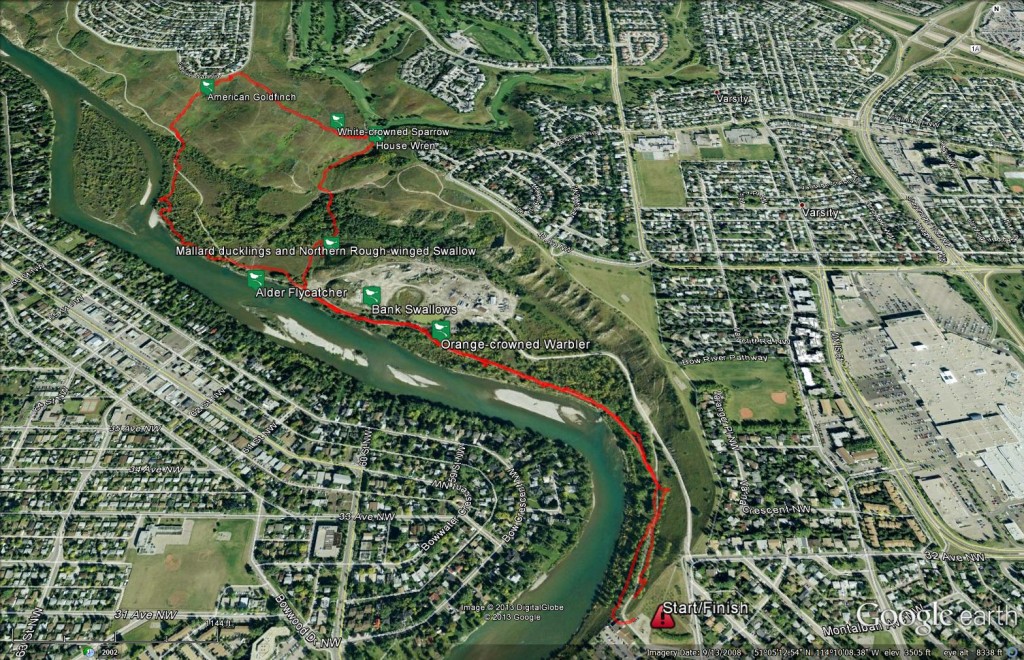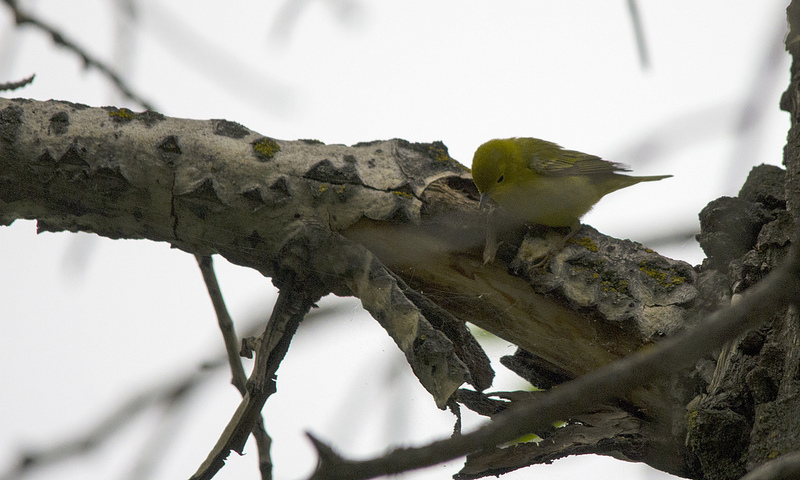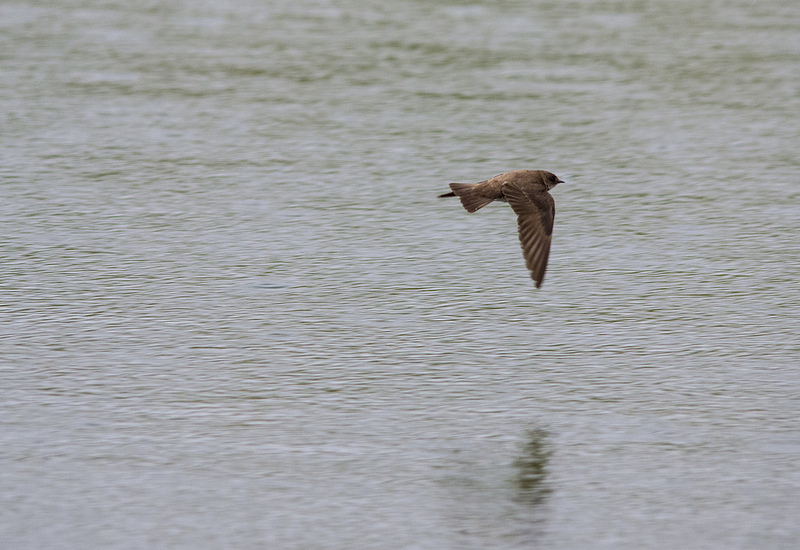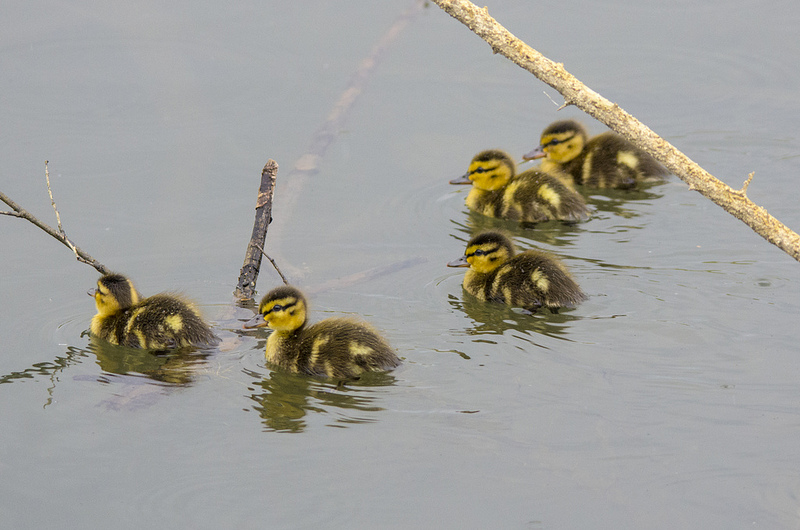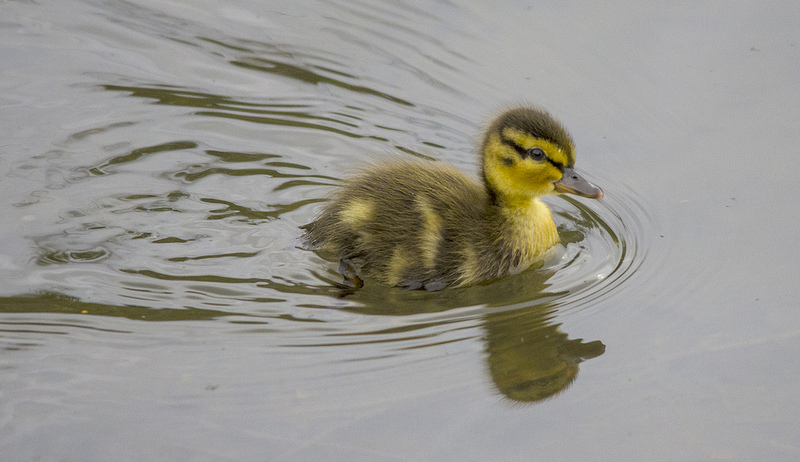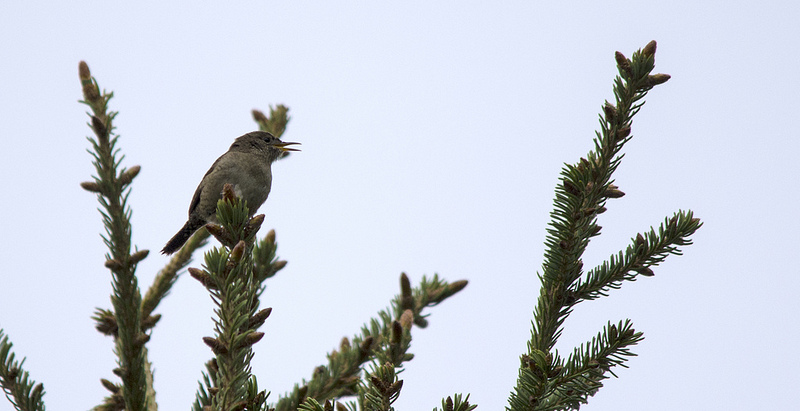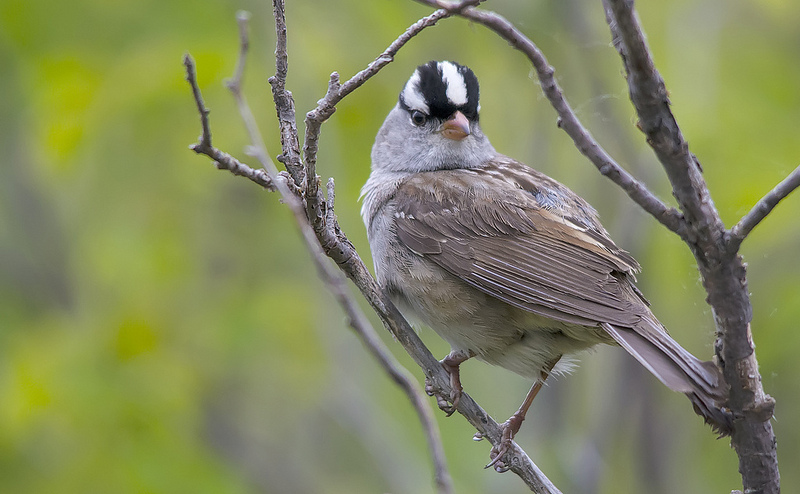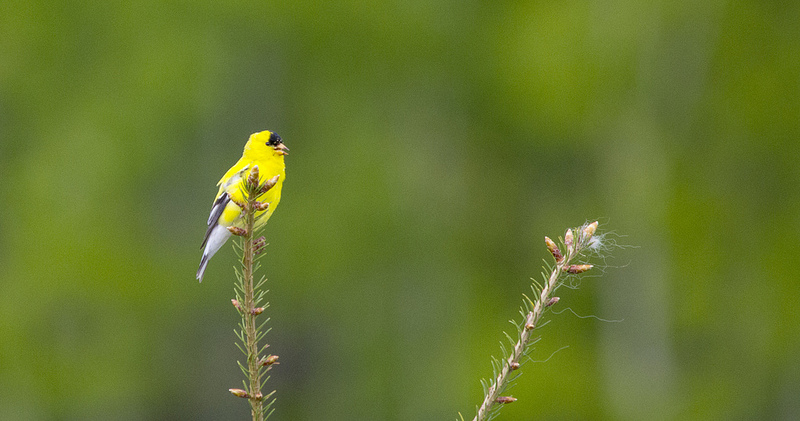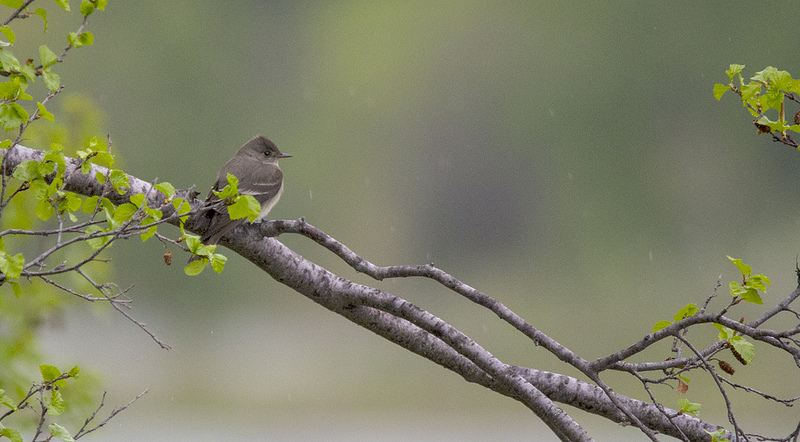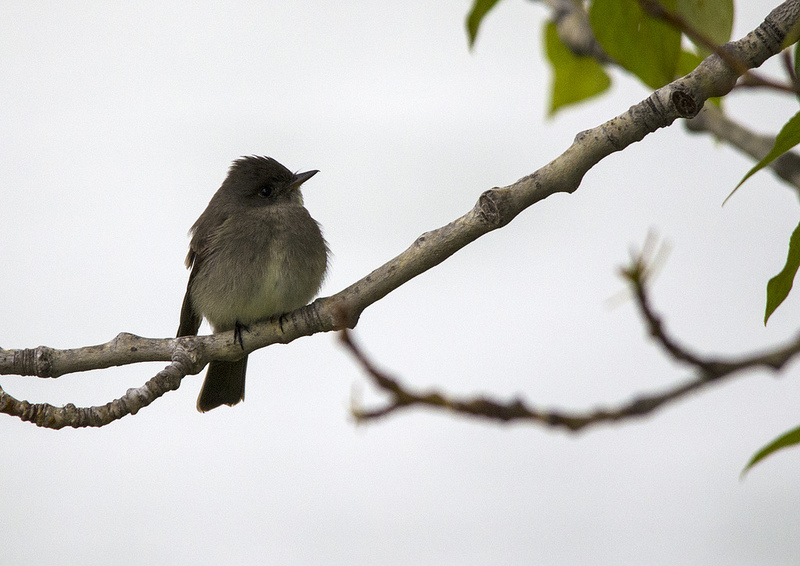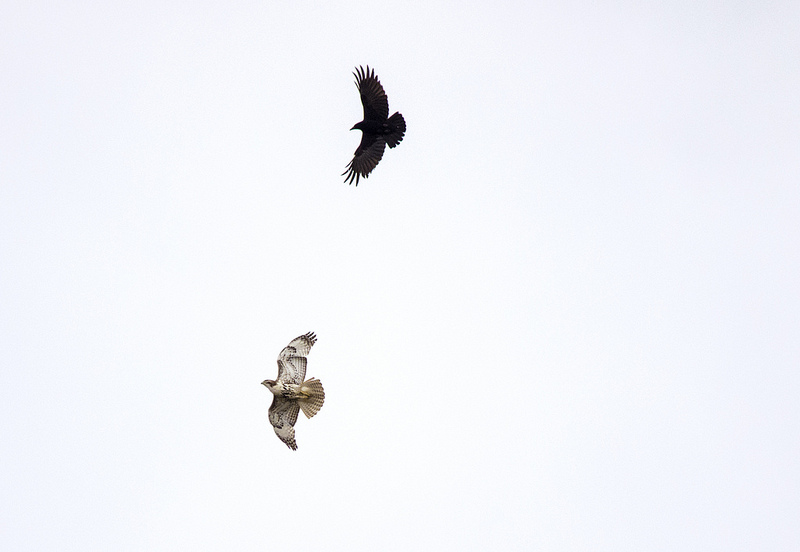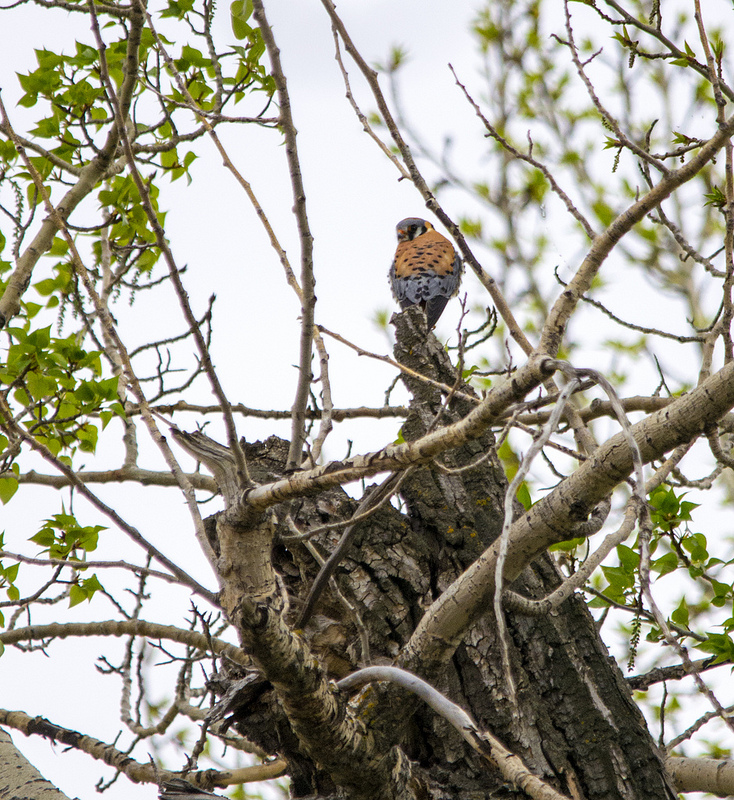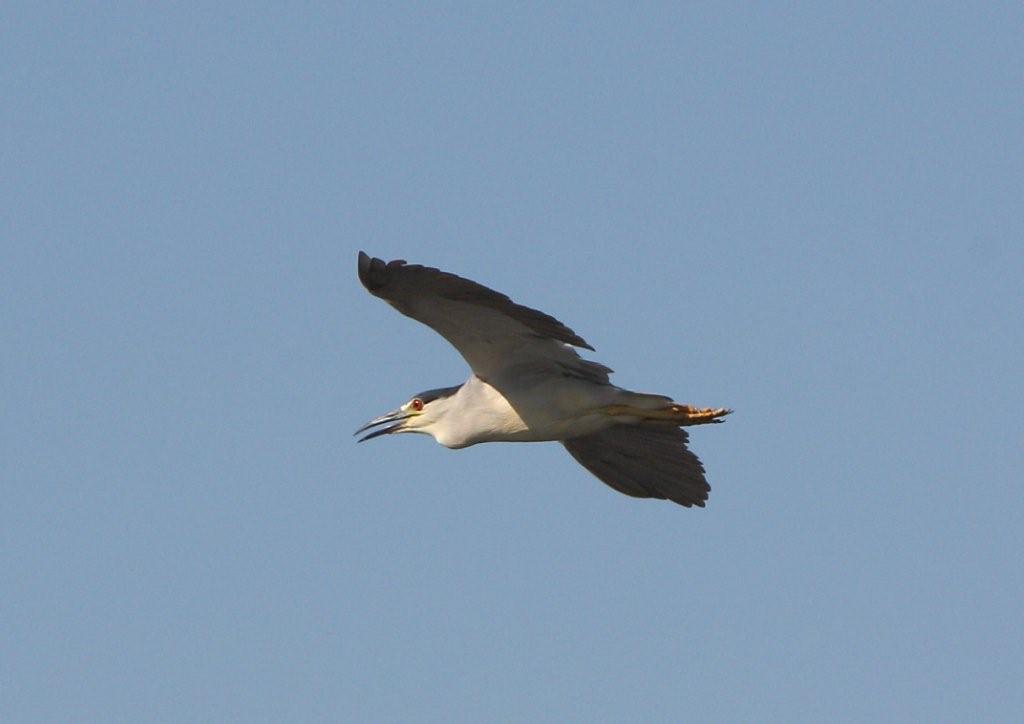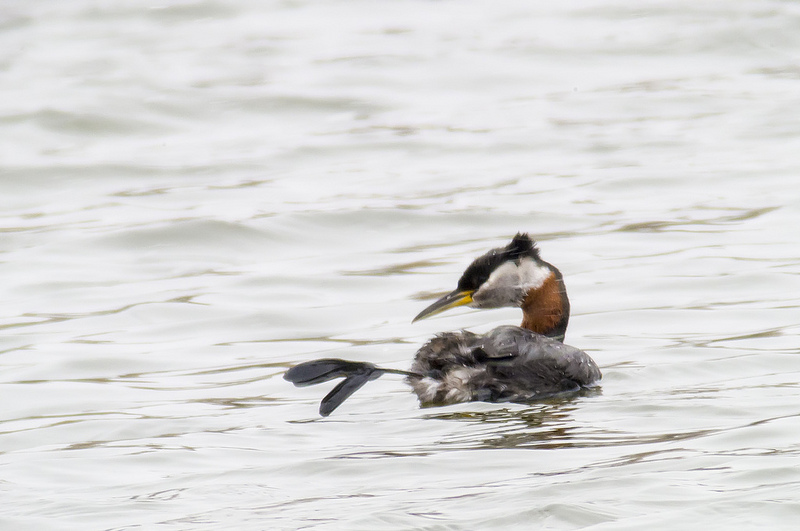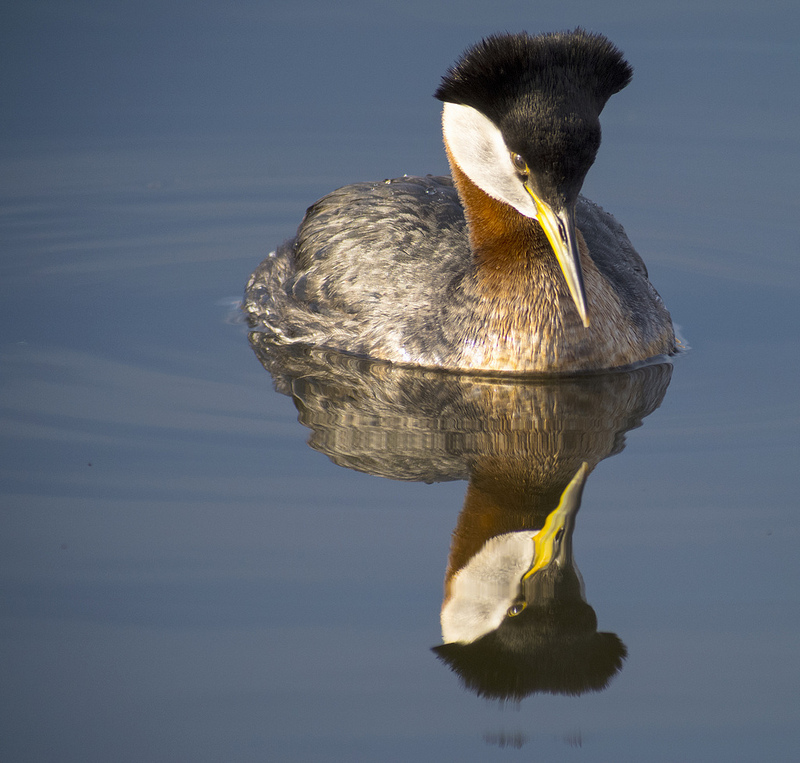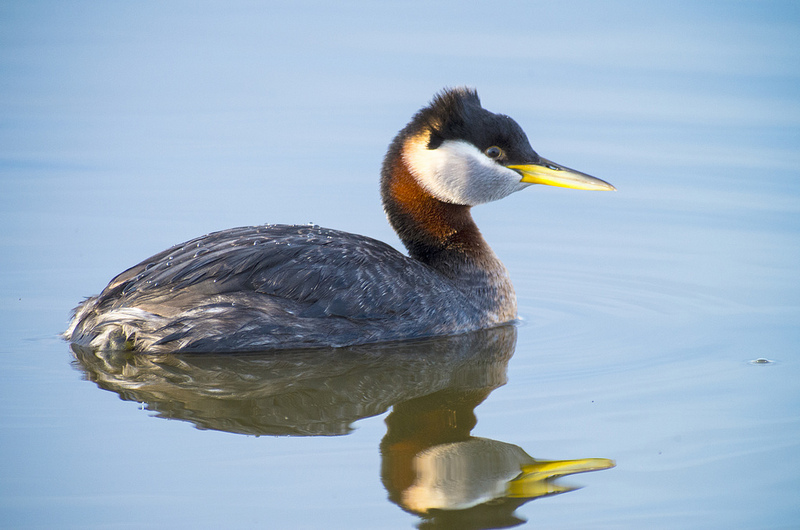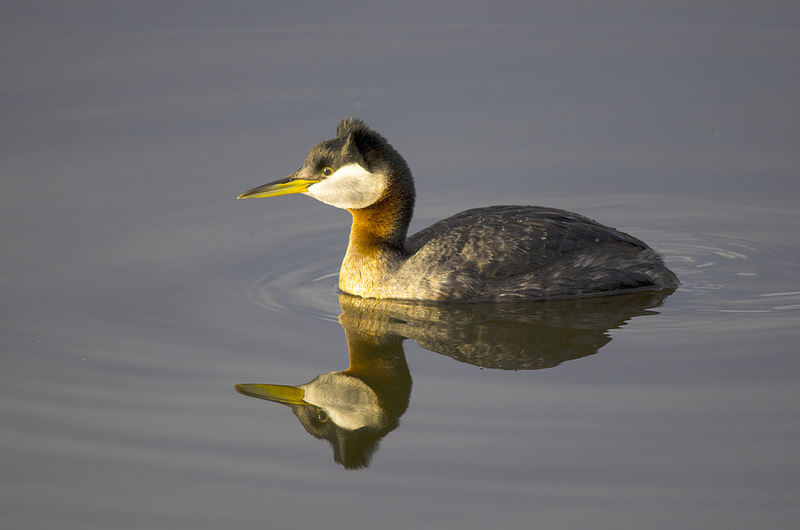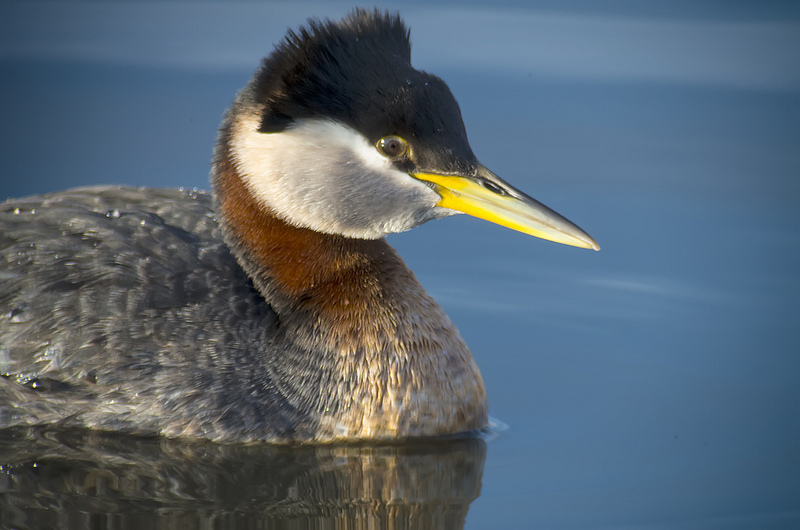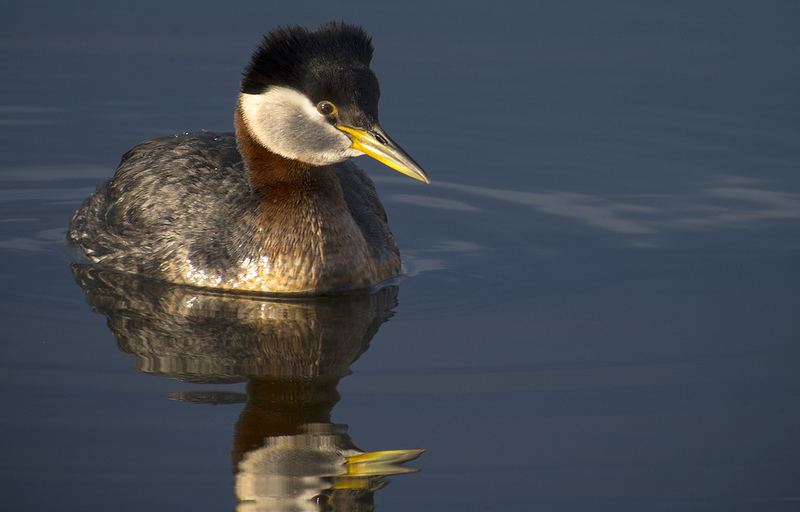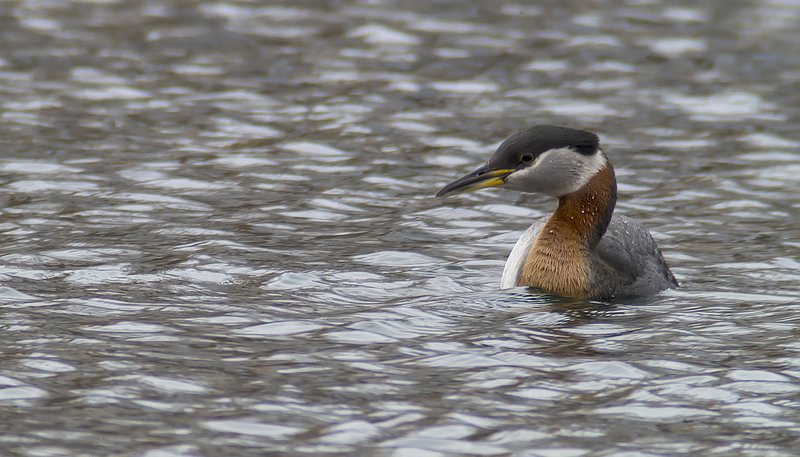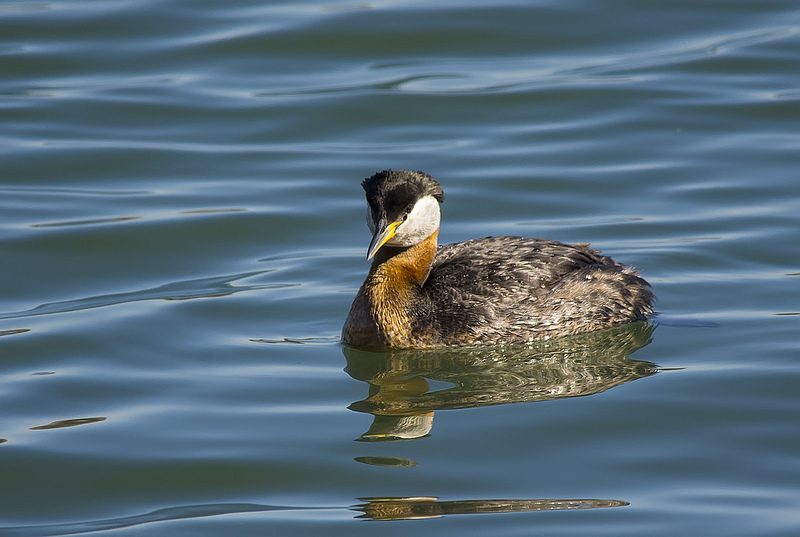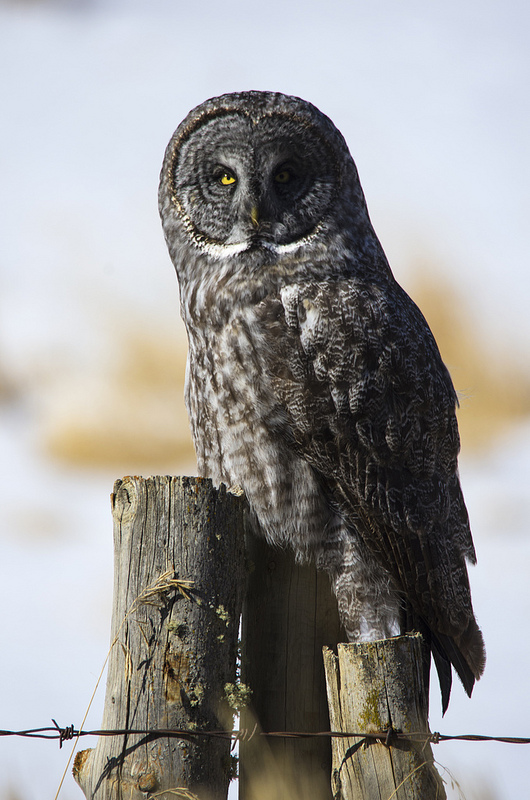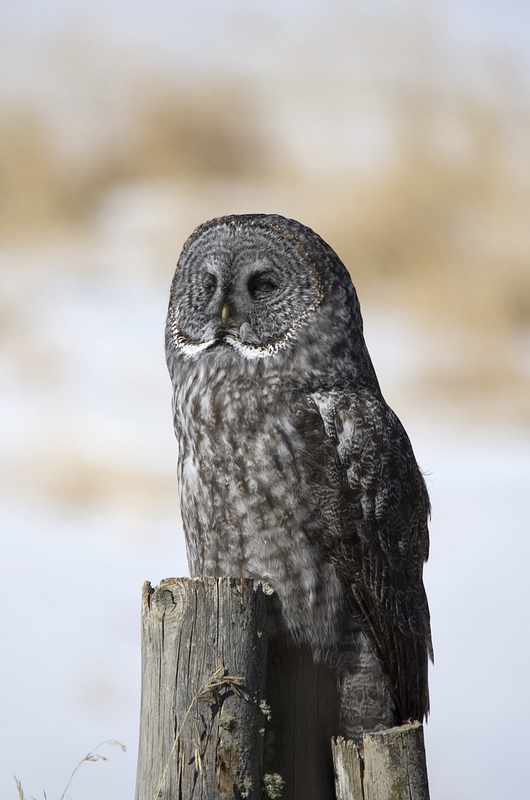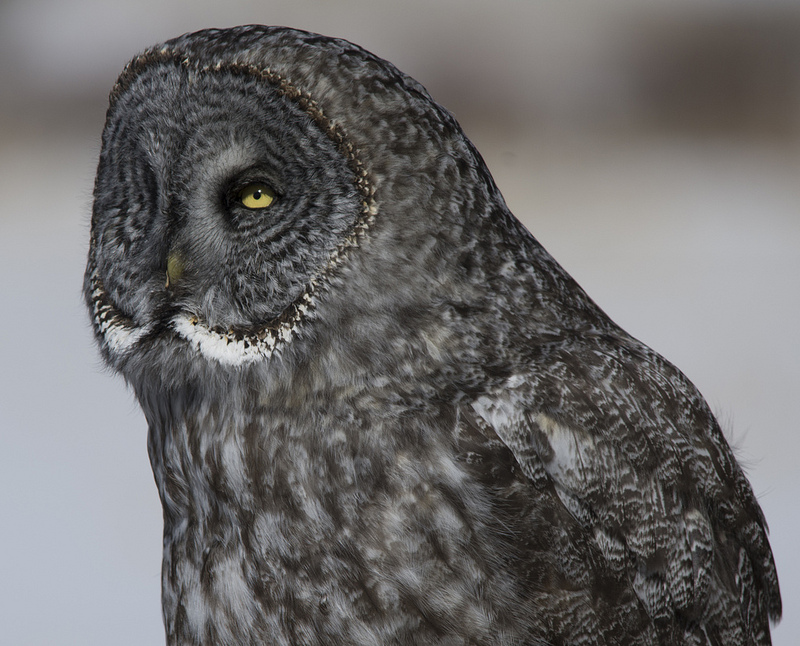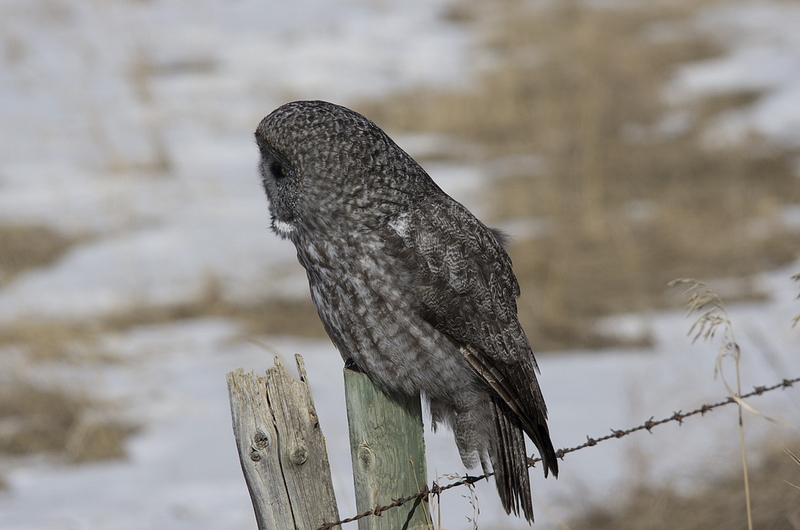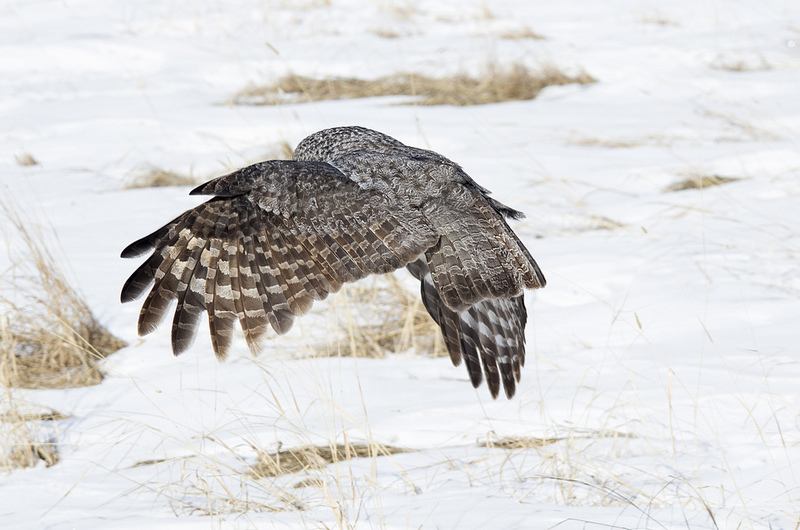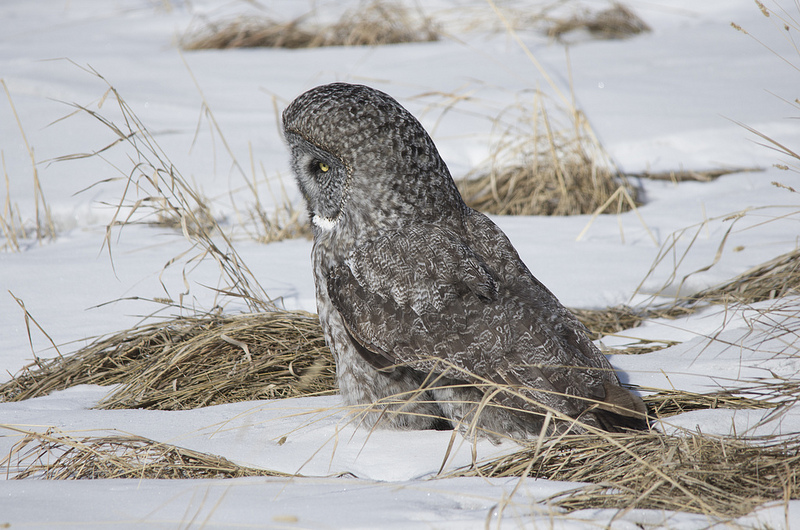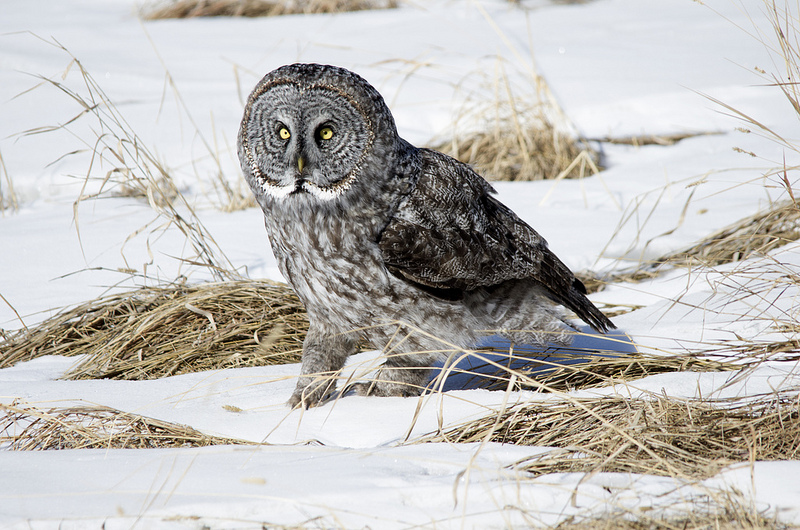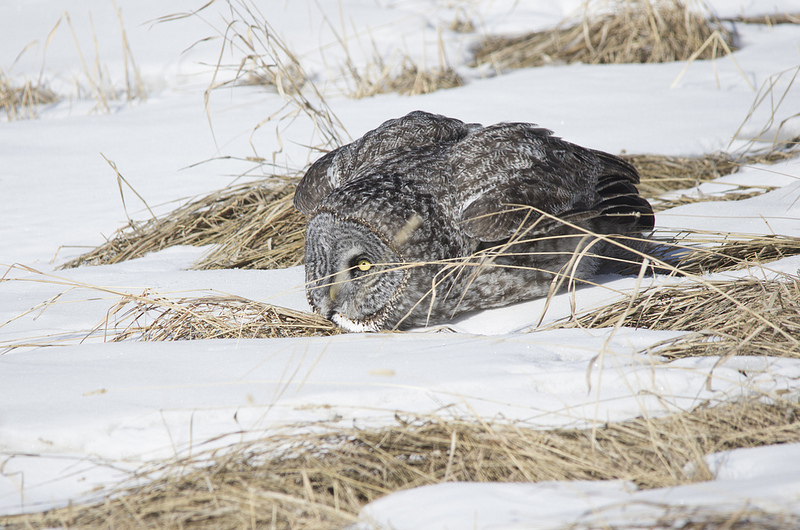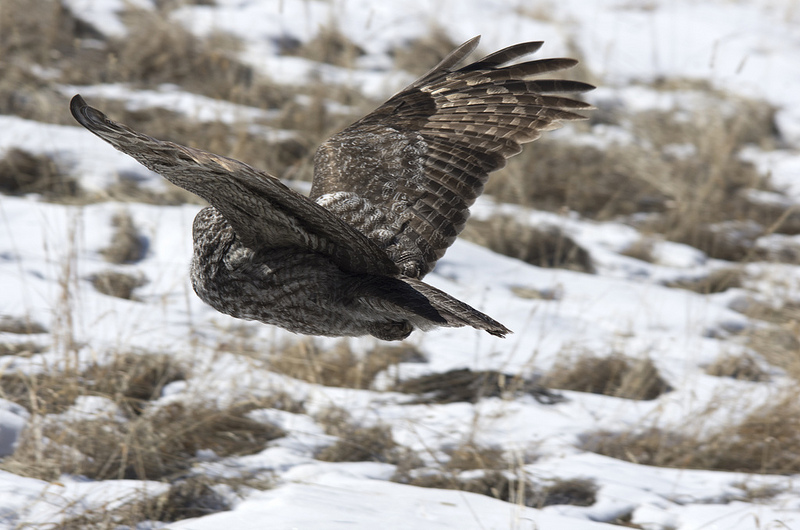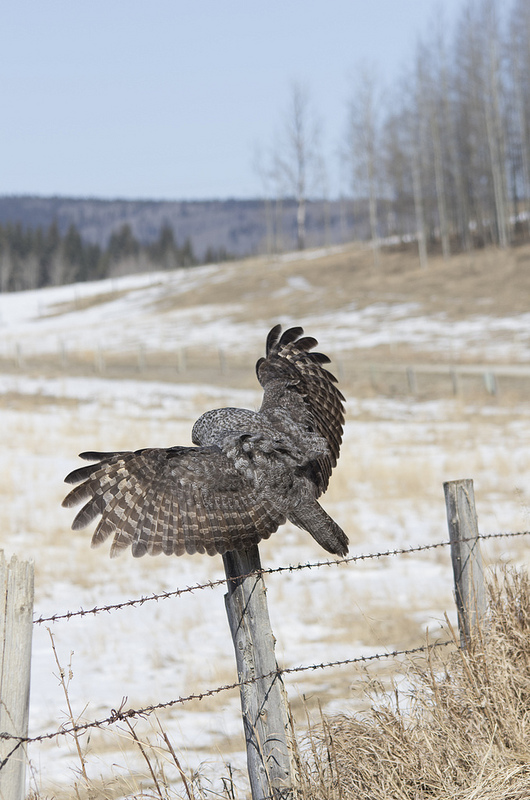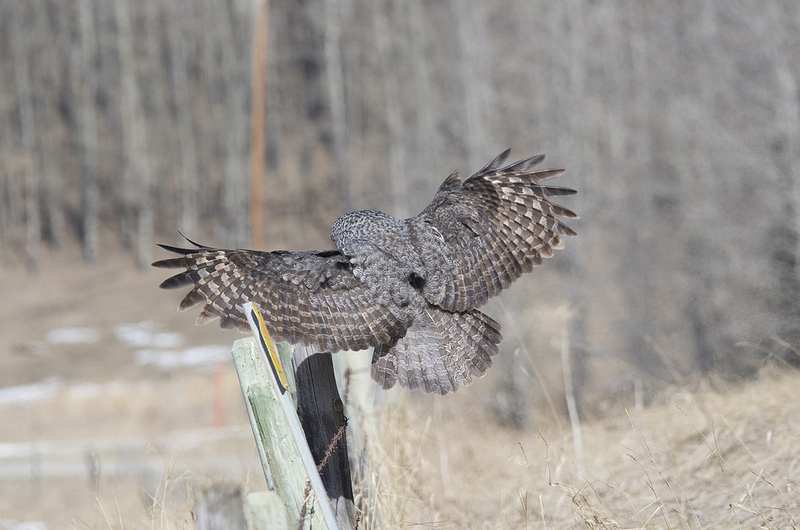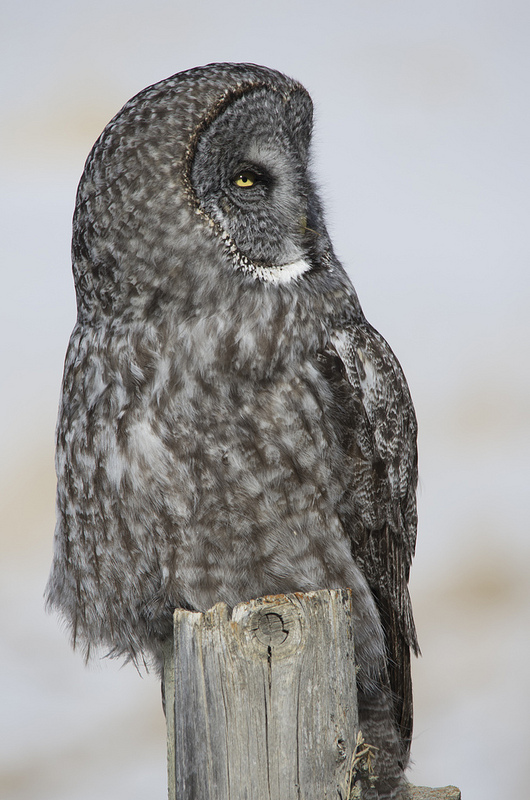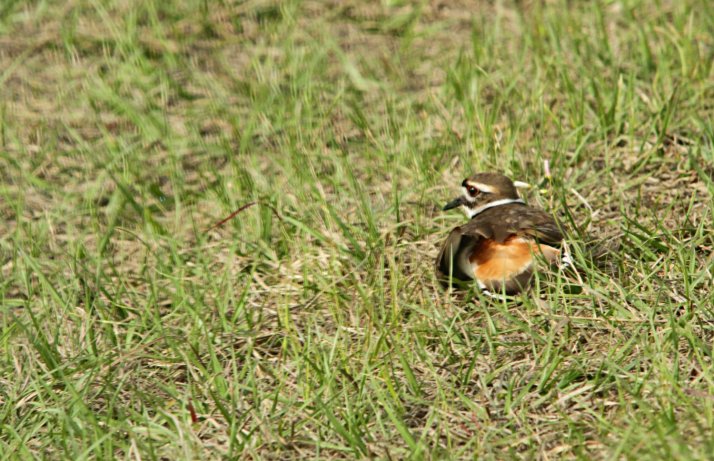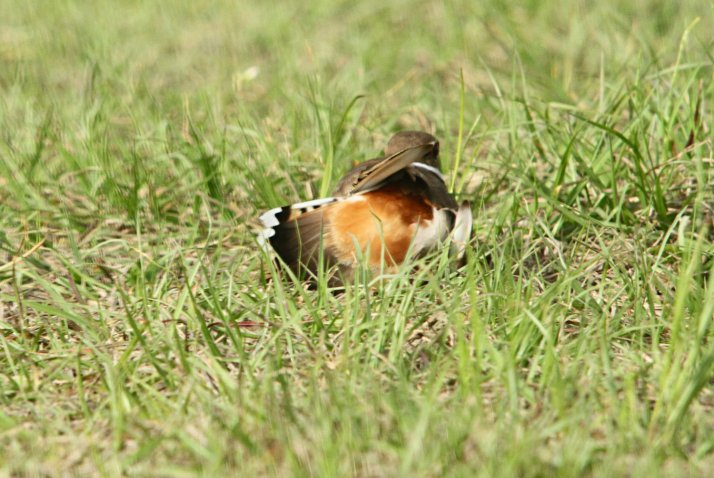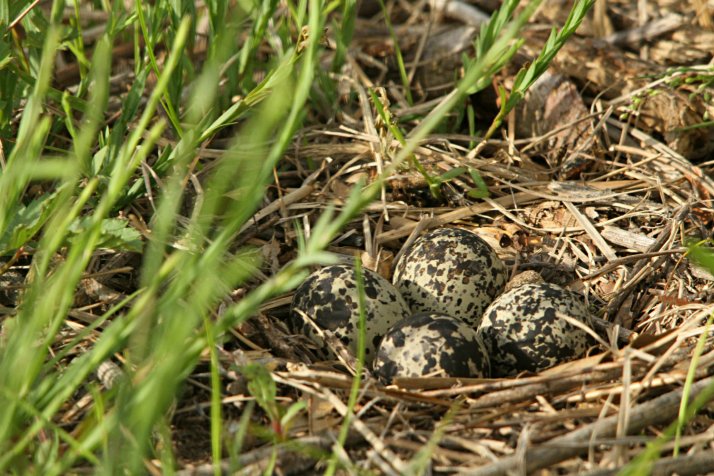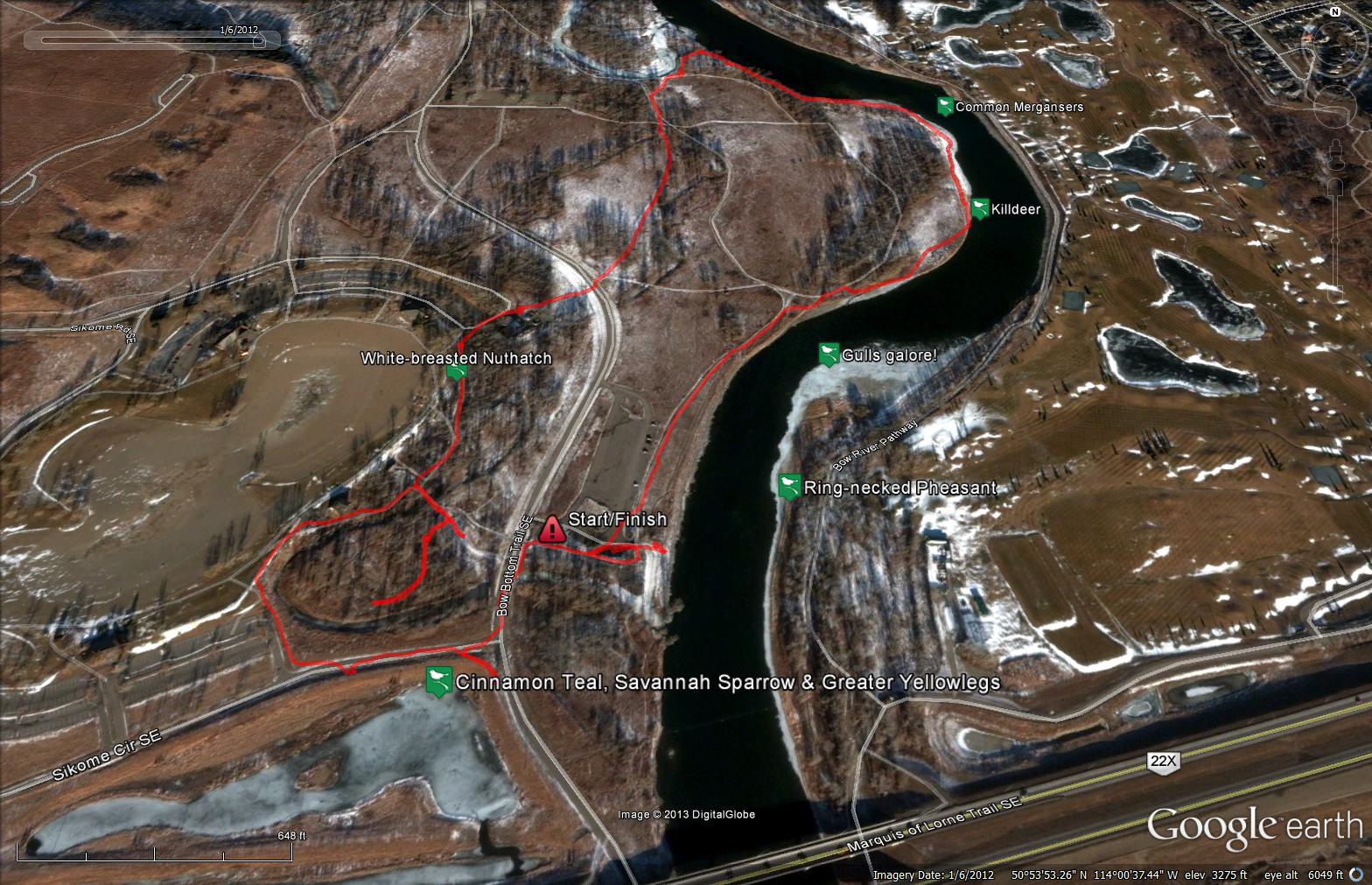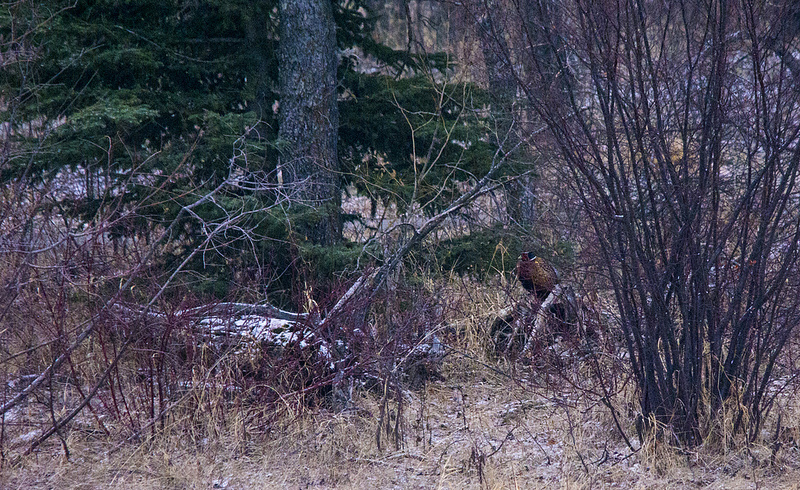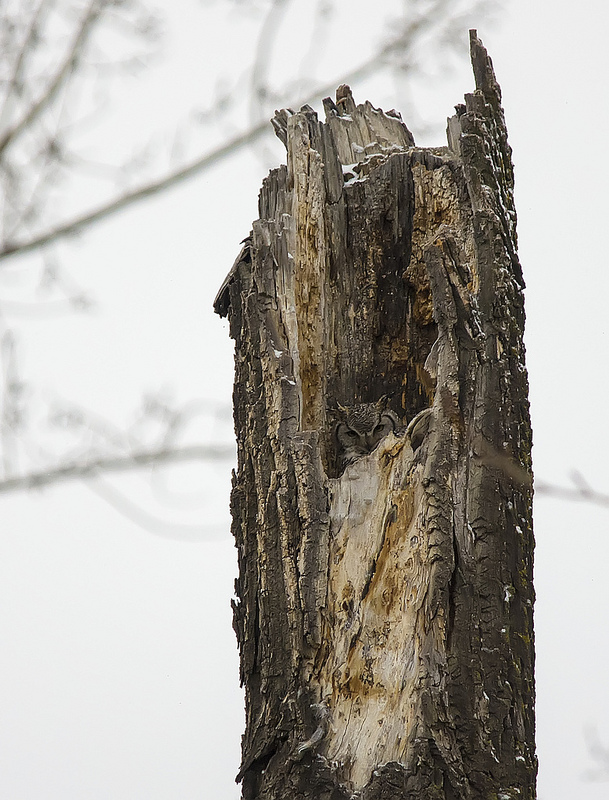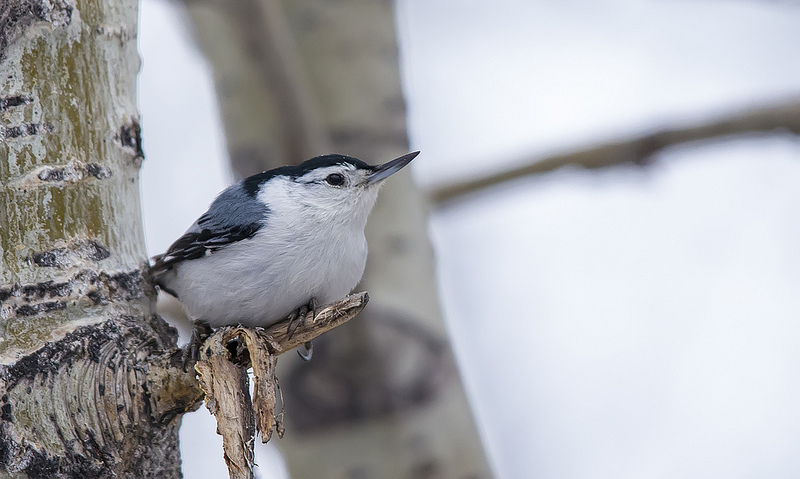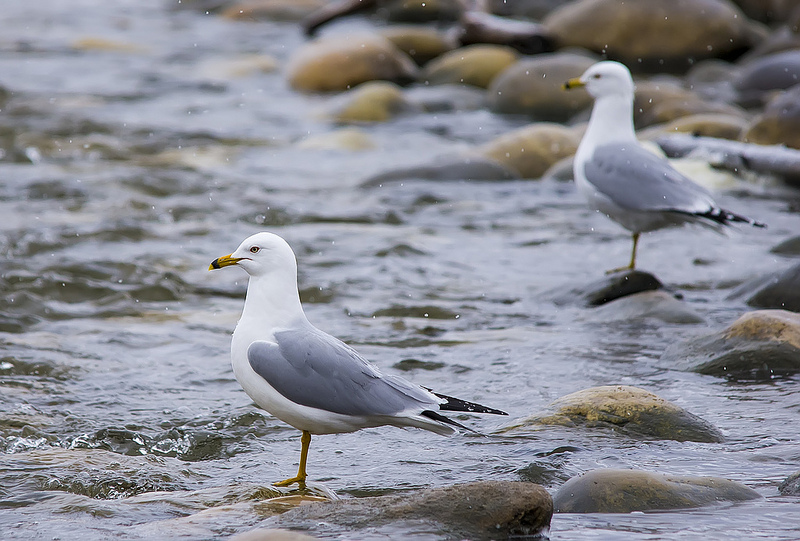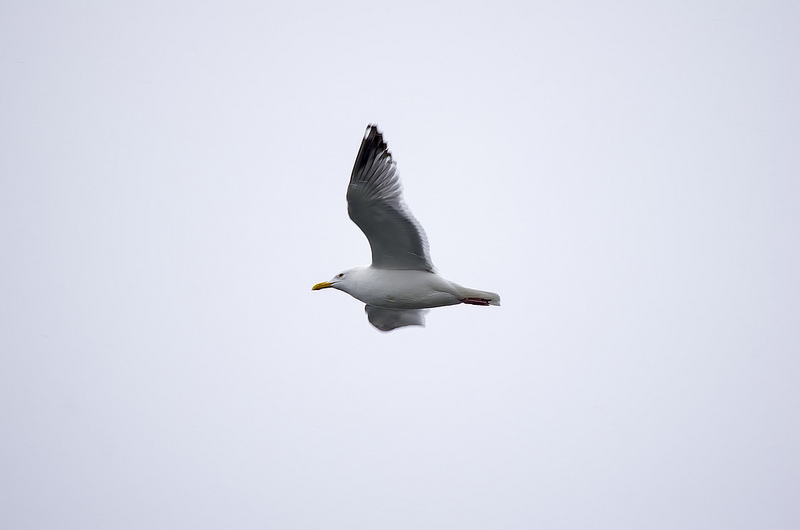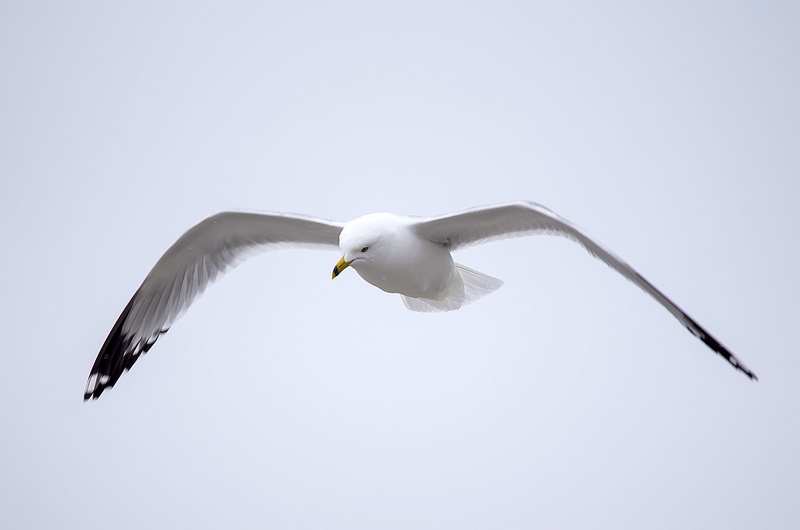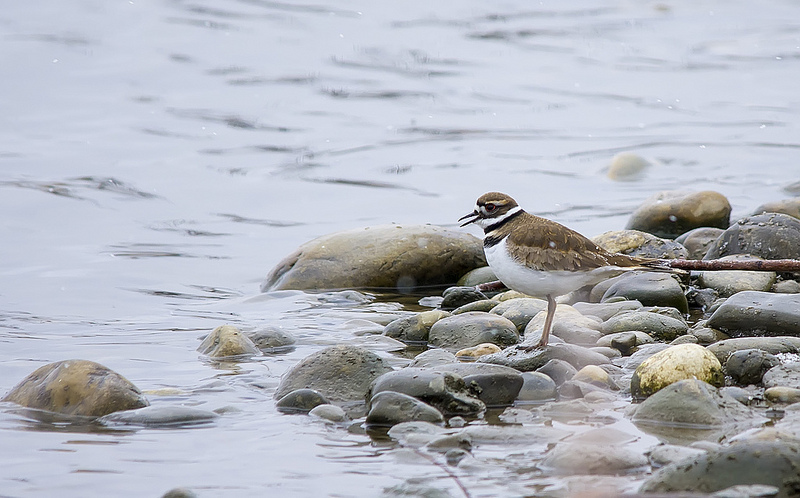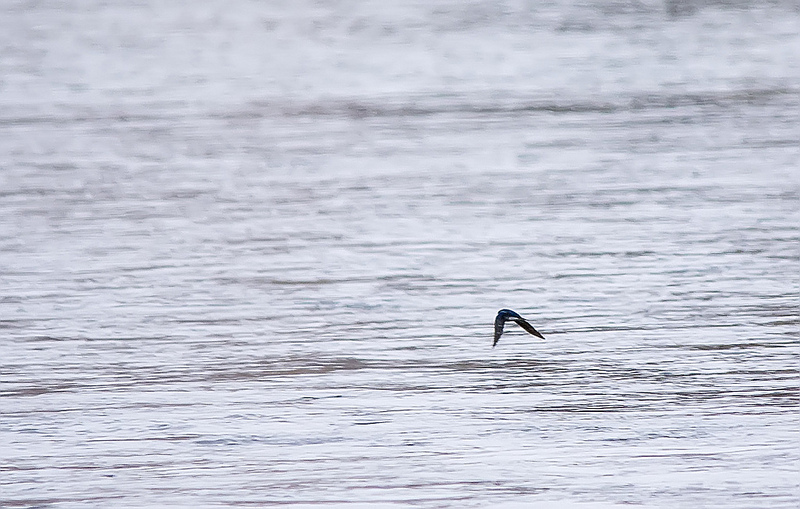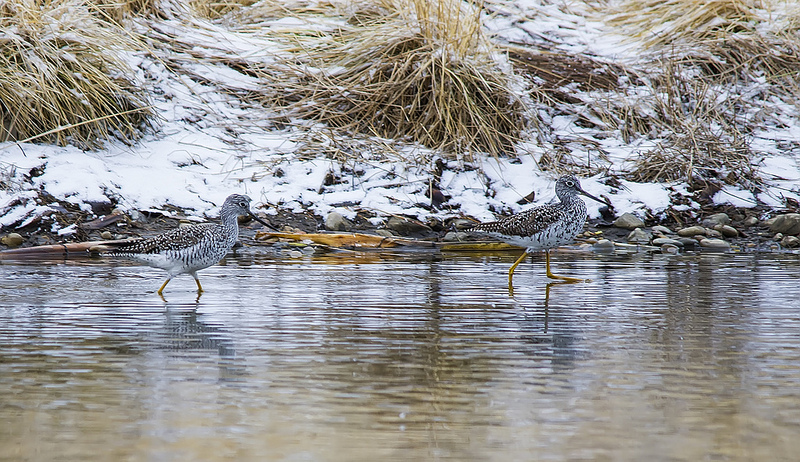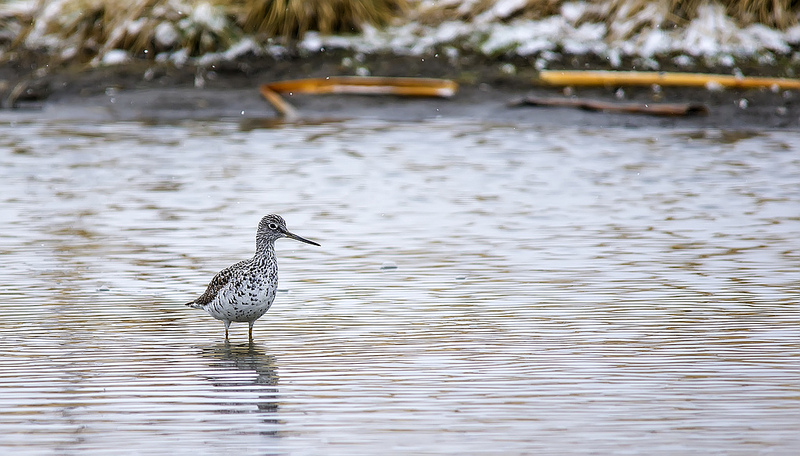This last Sunday’s walk was once again plagued with the Sunday Morning Curse. While it wasn’t cold or windy, it was interspersed with rain throughout the morning, and during the last twenty minutes or so of our walk the skies opened up and drenched us. Oh yeah, and I didn’t have a rain coat with me either… At least I did manage a few decent pictures of some great new birds of the season for our group!
Early on, we were surprised by this little Orange-crowned Warbler in the budding poplar trees. It was one of the few warblers we saw (or heard) all day that wasn’t a Yellow Warbler!
As we passed one of the small ponds north of the pathway, we spotted a family of Mallards swimming around the edge of the pond, and a little further along found a Bank Swallow nesting colony. These swallows whipped about overhead, snatching insects from the air expertly, then whizzed back to their nest cavities to rest or to feed their mate.
We headed north into the wooded area, and found ourselves at a small pond, where we had good looks at a pair of Gray Catbirds, heard a few Song Sparrows, a lone Lincoln’s Sparrow, and had over a hundred swallows of various types swooping around overhead. We even had a few Northern Rough-winged Swallows feasting on the hatched insects over this pond.
Much to our surprise, we even heard a Common Yellowthroat calling, and while he had no qualms about calling, he certainly didn’t pose very long for any photos!
The star of the pond though were these little Mallard ducklings, peeping and quacking about the pond, but as soon as Mom and Dad landed on the pond, they made a bee-line for them!
After spending quite a bit of time with these little balls of fluff, we finally headed out of the woods and up the river valley slope. While the calls of the House Wrens were ever present, the first one we had good looks at was at the top of a spruce tree at the base of the slope. While it only stuck around for a few shots, the White-crowned Sparrows further up were much more photogenic.
And as we reached the top, the Gray Catbirds seemed to multiply, being seen all around us in every direction we looked. It wasn’t just the Gray Catbirds that popped into view either. American Goldfinches seemed to sprout from every branch like flowers. Take this little gent, for instance.
It was almost too soon, but as the rain began to come down harder, we nearly made a bee-line for the parking lot. We did, however, have time to spot this little Western Wood-Pewee zipping up from the banks of the river to snatch a mosquito or a midge before taking its place back down on the bank, over and over again until it had finally had its fill. They really are quite the adept little predators!
And with that, I’m all caught up and ready for another weekend of new birds as we head back to the Weaselhead in search of more of our many and varied feathered friends. Until next week, good birding!
